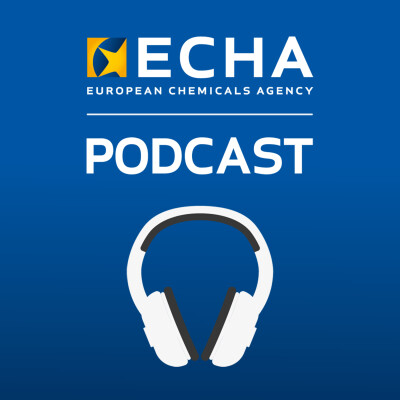Description
Tim Bowmer and Maria Ottati, Chairs of our committees for risk assessment and socio-economic analysis join us for this episode to give us the highlights from their June meetings.
We talk about two opinions on harmonised classification and labelling adopted by the Risk Assessment Committee: glyphosate, a common herbicide used in agriculture and horticulture to combat weeds and silver, used as an antimicrobial in biocidal products like disinfectants and preservatives.
Glyphosate has had a lot of public attention recently and the committee has agreed to keep its current classification as causing serious eye damage and being toxic to aquatic life. Based on a wide-ranging review of scientific evidence, the committee concluded that classifying glyphosate as a carcinogen is not justified.
We also cover the EU-wide proposal to restrict the use of lead in ammunition for hunting, outdoor sports shooting, and fishing. Here the Risk Assessment Committee adopted its final opinion while the Socio-Economic Analysis Committee agreed on its draft opinion.
Tim and Maria walk us through the committees' opinions and how they reached their conclusions.
What do the committees do?
The two committees prepare scientific opinions that are used by the European Commission and EU member states when deciding how chemical risks need to be controlled. They are made up of scientists from EU Member States and have observers from EU organisations that represent different sectors and interests.
Give us feedback
More
- Glyphosate: no change proposed to hazard classification - ECHA news, 30 May 2022
- RAC backs restricting lead in outdoor shooting and fishing - ECHA news, 31 May 2022
- Risk Assessment Committee
- Socio-Economic Analysis Committee
**************
Follow us on:
Visit our website
Disclaimer: Views expressed by interviewees do not necessarily represent the official position of the European Chemicals Agency. All content is up to date at the time of publication.
Hosted on Ausha. See ausha.co/privacy-policy for more information.
